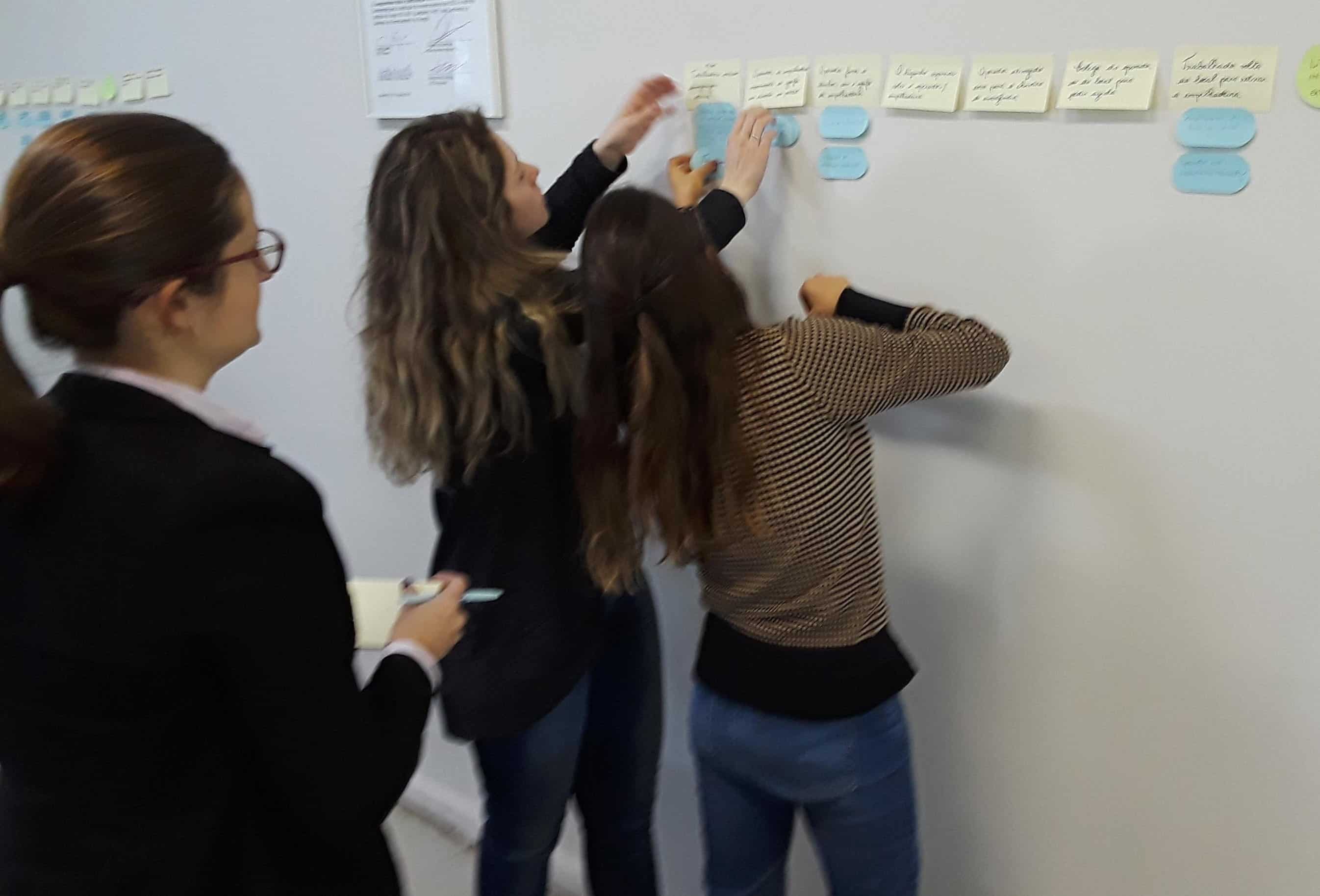Managing a Neurodiverse Workforce

Recently, I’ve noticed some misunderstandings about what managing a neurodiverse workforce means. First, it’s not about hiring people who aren’t qualified. Neurodivergent individuals — like their neurotypical peers — bring real skills, knowledge, and innovation to the table. Managing a neurodiverse workforce is about making sure skilled people of all neurotypes are supported to do their best work. It’s not about giving special treatment or lowering expectations.
Neurodiversity isn’t just about one group. It’s about designing work systems that accommodate different ways of thinking, learning, and communicating, benefiting everyone in the workplace, not just neurodivergent employees. When workplaces are more flexible, intuitive, and inclusive, everyone wins: productivity rises, collaboration strengthens, and businesses become more resilient and innovative.
I know there’s confusion right now, especially as new research challenges old definitions. But at its core, the neurodiversity approach is about seeing different ways of thinking as part of natural human diversity, not as defects to fix. It’s not a political discussion. It’s practical. It’s about talent, business success, and human dignity.
If you want to dive deeper into this critical conversation, I invite you to join me at two upcoming events.
🧠 ASSP Safety 2025 Conference — Explore how to create work systems that support a neurodiverse workforce, including those with ADHD, autism, dyslexia, and more. Discuss the unique strengths and challenges neurodivergent workers face and take away actionable strategies to design more inclusive systems that foster productivity, reduce safety risks, and promote well-being for all workers. Learn more here.
🌎 2025 Global TapRooT® Summit — Learn about “Diverse Brilliance: How Neurodiverse Teams Improve Safety, Quality, and Problem-Solving”. We’ll discuss why neurodivergent teams are a competitive advantage — and how to tap into their full potential. Learn more here.
I’m proud to be part of this conversation. Let’s keep it about skills, success, and shared progress.



